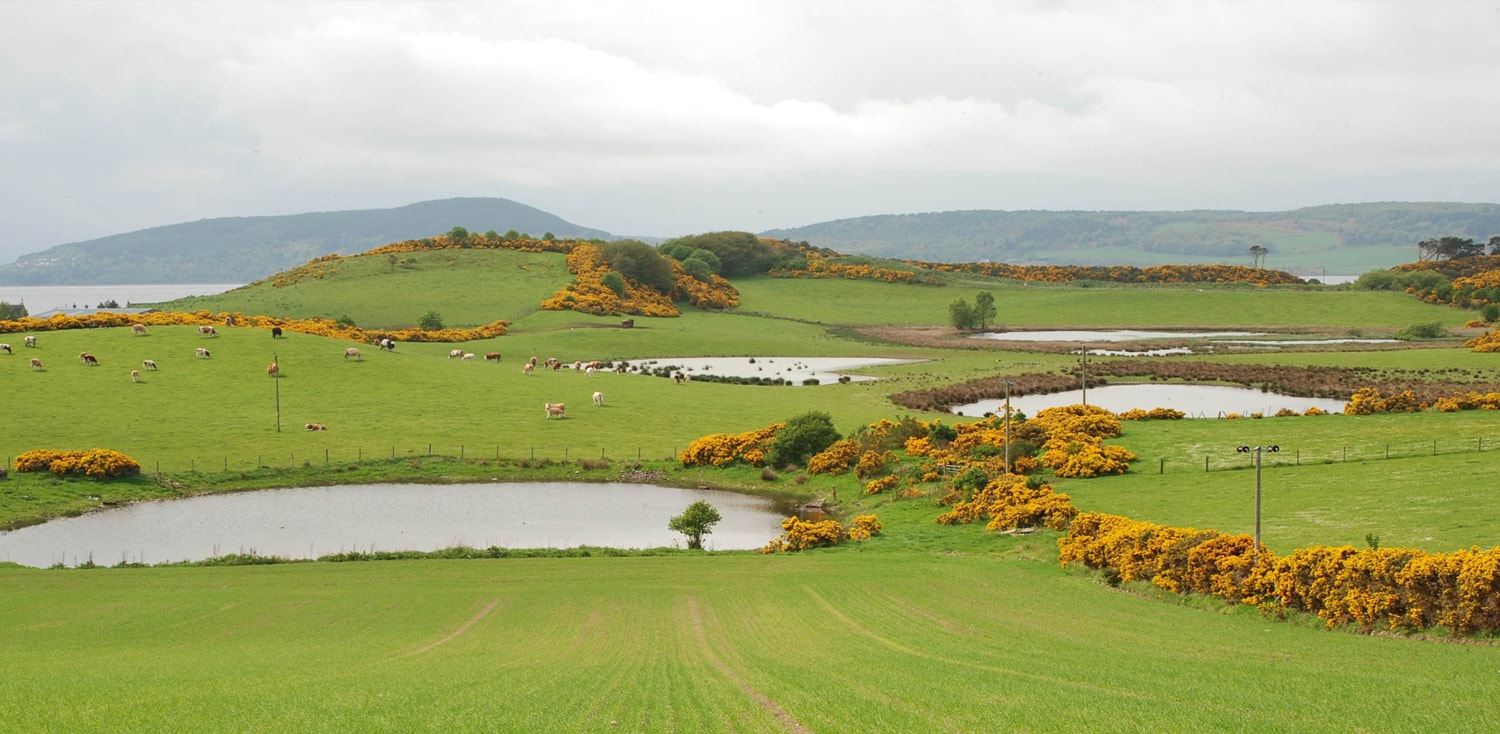Function indicators tell us the extent to which ecosystems retain their natural function and so have the capacity to deliver a range of benefits. Ecosystem functions are the processes within ecosystems that help deliver ecosystems services.
These can be, for example, the production of plants or animals that are then harvested, or processes that help to regulate environmental conditions, such as decomposition or the storage of carbon in soils.
What are function indicators?
Function indicators tell us how habitats are connected and how well they can carry out their natural functions (for example, dispersal, pollination, decomposition, assimilation, predation, reproduction and growth). There are currently two function indicators: connectivity, and habitats at risk from acidification and eutrophication, and these can be considered on their own or together with condition and resilience indicators to gain a broader picture of our ecosystems.
These indicators form a baseline and in the future, we will be able to show changes of time.
Why do we need them?
These indicators inform policy-makers and land managers on how well land is able to deliver benefits, and can guide policy, investment and support to enhance these functions. They can also show how ecosystems are recovering their function in the wake of policy such as the European Union National Emissions Ceiling Directive (NECD; 2001/81/EC) and woodland expansion in Scotland.
How should I use them?
If you are a land owner or land manager, you might use these indicators to help you plan how to reconnect habitats. For example, many species such as great crested newt suffer declines if their habitat is not sufficiently connected.
This page was updated on 30 Jan 2019
Adobe Acrobat Reader is the free, trusted leader for reliably viewing, annotating and signing PDFs.
Download Adobe Acrobat Reader


